Delivering the Budget, Mid-Year Economic and Fiscal Outlook and Final Budget Outcome
During the development of the 2018–19 Budget, Finance:
- provided advice on spending and savings proposals and lodged more than 90 briefs for the Expenditure Review Committee of Cabinet to assist its policy deliberations
- scrutinised cost estimates for spending and savings proposals. Finance considered more than 650 policy costings across all Commonwealth portfolios for accuracy and overall alignment with the policy’s intent and collaborated with portfolio agencies to validate more than 6,500 estimate adjustments using the redeveloped Central Budget Management System (CBMS-R). This is the first Budget to be completed using the redeveloped CBMS tool to produce budget financials and the appropriation bills
- coordinated key aspects of the budget process and administered the Budget Process Operational Rules
- prepared budget documentation, including:
- Statement 6 of Budget Paper No. 1, which details how the government intends to allocate $488.6 billion of expenditure across the various functions of government for the 2018–19 year, and totalling $2.052 trillion from 2018–19 to 2021–22
- Statement 9 of Budget Paper No. 1 in relation to fiscal risks, assets and liabilities, contingent assets and liabilities, and government loans that may influence the actual budget outcome
- Statement 10 of Budget Paper No. 1, which provides the Australian Government financial statements
- 252 new expense, capital and non-tax revenue measures included in Budget Paper No. 2
- Budget Paper No. 4, which contains information on resourcing for government agencies in 2017–18.
For the 2017–18 Mid-Year Economic and Fiscal Outlook (MYEFO), Finance analysed and advised on 117 expense, capital and non-tax revenue measures and prepared a range of documentation, including information on the Australian Government financial statements and an update to fiscal risks and contingent liabilities and assets since the 2017–18 Budget.
For the 2016–17 Final Budget Outcome (FBO), Finance analysed and prepared a range of documentation, including information on the Australian Government’s financial statements and commentary in relation to payments, non-tax receipts, expenses, capital and non-tax revenue variances. The 2016–17 FBO was released on 26 September 2017 and was based on audit-cleared financial statements for all 57 material general government sector entities. In total, the 2016–17 FBO included financial data from 181 small and material entities.
Modernising the budget process
In 2017–18, Finance delivered the redeveloped Central Budget Management System (CBMS-R). CBMS now has a sustainable platform that is supported and upgradeable. It provides the capability to improve processes and frameworks.
CBMS-R has now been used successfully for one full budget cycle, producing the Monthly Financial Statements, the 2016–17 Final Budget Outcome, the 2016–17 Consolidated Financial Statements, the 2017–18 MYEFO and the 2018–19 Budget.
CBMS-R provides:
- a web-based interface for users
- greater opportunity for analysis of more granular data at a program level
- enhanced analysis and reporting for government Budget Estimates
- an integrated solution, allowing for more systematised reconciliation processes.
In the 2017–18 Budget, Finance received funding from the Public Service Modernisation Fund to support entities in collaborating, coordinating and management of the information that government considers during the budget process. Finance is currently developing a system and improving budget processes that will streamline, automate and modernise processes, improve interagency collaboration and enhance the exchange of information during the budget process.
Delivering the government’s fiscal and budget strategies
Finance provides support to the government to enable it to achieve its fiscal and budget policy objectives.
In the context of the 2018–19 Budget, Finance provided advice on major government projects, including measures to improve service provision for all Australians, increase Australia’s competitiveness in international markets, and enhance national security. Finance provided advice on major government investments into infrastructure and regional development, as well as science, medical research and technology to maximise the benefits of a smart economy.
Finance supported the government in delivering on its budget repair strategy by advising on savings proposals and the progress of budget-related legislation through Parliament.
In the 2018–19 Budget, there was a continuing focus on the efficient delivery of better services to the Australian public through the transformation of service delivery and public sector operations. Finance is at the forefront of this work, including through implementation of shared services and oversight of the transformation of grants administration.
Building and sustaining relationships of trust and collaboration
For Finance, our stewardship objective is to contribute to policy outcomes by building our influence, leadership and collaboration with stakeholders. We want to rely less on being a gatekeeper and enforcing compliance, and instead strengthen and build resilient, collaborative and productive partnerships, and support our stakeholders as they deliver the best outcomes for government.
The following case studies highlight stewardship in action during 2017–18.
Closing the Gap
Finance performed an important role in working and negotiating constructively with stakeholders with diverse viewpoints to assist the Department of the Prime Minister and Cabinet with a significant step forward in the land rights journey for Aboriginal and Torres Strait Islander Australians.
- During 2017–18, Finance helped the Department of the Prime Minister and Cabinet to deliver sustainable funding arrangements for the Indigenous Land Corporation for the benefit of Aboriginal and Torres Strait Islander Australians.
- Using its expertise across a range of areas in the department, including Governance and APS Transformation, Budget and Financial Reporting and Corporate Services, and working constructively with the Department of the Prime Minister and Cabinet and the Future Fund Management Agency, Finance helped to develop legislation that will establish the Aboriginal and Torres Strait Islander Land and Sea Future Fund.
- The legislation was introduced into the Parliament on 28 March 2018. Debate on the legislation is expected to resume before the Parliament rises in 2018.
developed in collaboration with


Grant guideline templates
Developed in collaboration with 17 Commonwealth entities, our work on grant guidelines delivers on the government’s commitment to simplify, standardise and improve transparency of grants administration by:
- improving the consistency of grant guidelines for potential grant applicants
- delivering a format that is easier to navigate, through the use of common terms and standardised information fields
- streamlining the processes and timeframes to develop and publish grant guidelines.
Entities and their stakeholders have told us that the templates are fit for purpose, easy to follow, provide a coordinated ‘look and feel’ across the Commonwealth, and assist officials to streamline grants administration.
Reform of PBS payment arrangements
The Health Branch in the Budget and Financial Reporting Group partnered with the Department of Health to develop a new policy for revised payment arrangements for pharmaceutical benefits, with the collaboration recognised by both Health and Finance as leading to an improved outcome.
These changes overcome significant problems caused by the previous drug payment and rebating arrangements.
Our Health Branch and the Pharmaceutical Benefits Scheme (PBS) team developed strong working relationships across a range of stakeholders to agree and deliver a solution to remove rebates without changing the price paid for medicines by the community. This was done as part of the 2018–19 Budget and included consultations with the medicines industry.
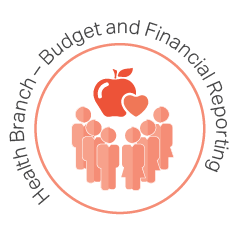



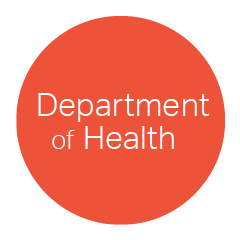



Australian Marriage Law Postal Survey

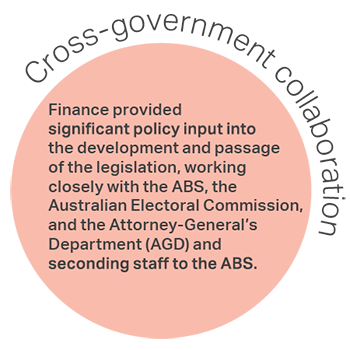
Finance provided advice to government on its application of the Advance to the Finance Minister, as well as preparing the instrument allowing for the allocation of $122 million to the Australian Bureau of Statistics (ABS) for the conduct of the Postal Survey. Upon the successful defence of the High Court legal action, the government introduced the Marriage Law Survey (Additional Safeguards) Act 2017 to provide further protections
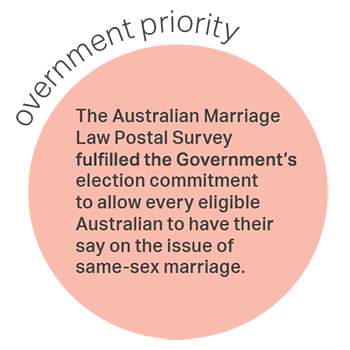
The survey consisted of a single question, asked of just over 16 million eligible Australians. There was a high level of public participation (the overall participation rate was 79.5 per cent) with the 'yes' response attracting a 61.6 per cent response rate and the 'no' response attracting 38.4 per cent.
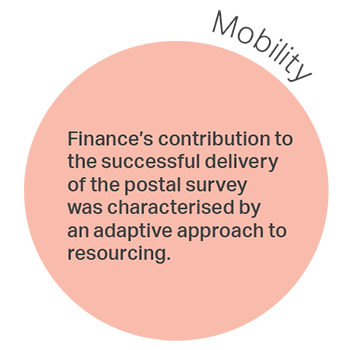
The survey was undertaken at a time when other signifi cant reform work was being undertaken by the department. Staff from a range of functional areas were deployed to provide support to the government in giving eff ect to the postal survey, in order to meet timeframes.
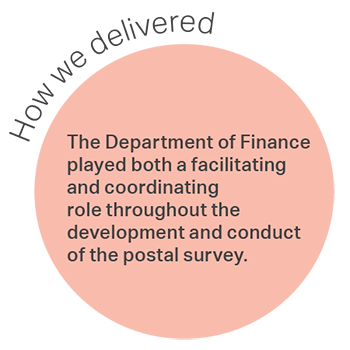
As part of its normal portfolio functions, Finance provided policy advice to government on the implementation implications of the postal survey, including on what was required of government for this to occur and the potential cost. Finance
Delivery of Government policy
Finance plays a strategic and influential role in the business of government. The following case studies highlight some of our achievements in this area during 2017–18.
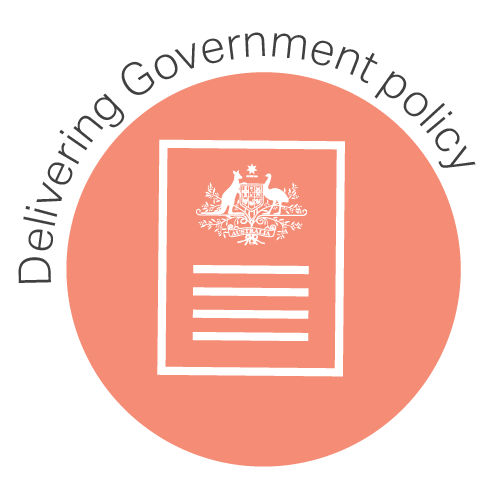

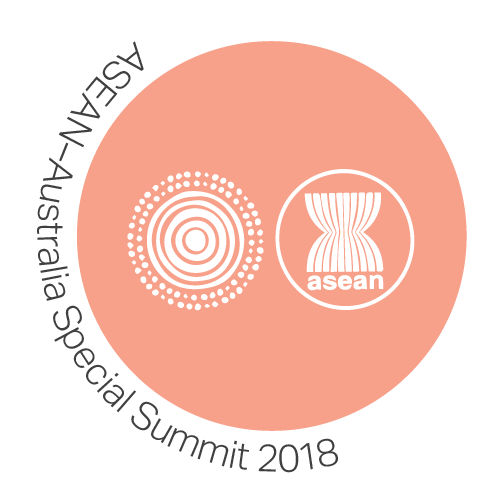
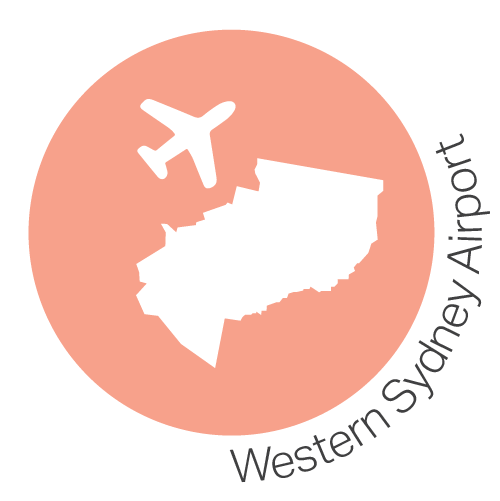
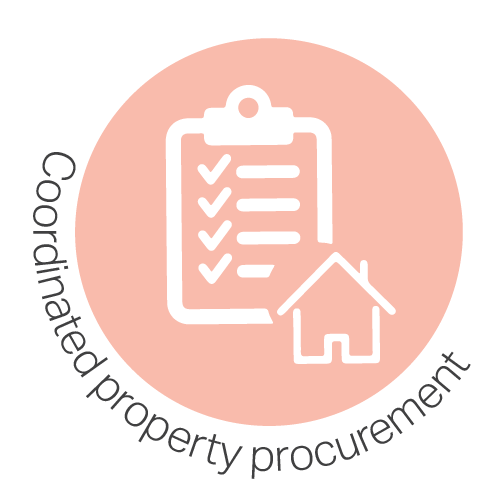
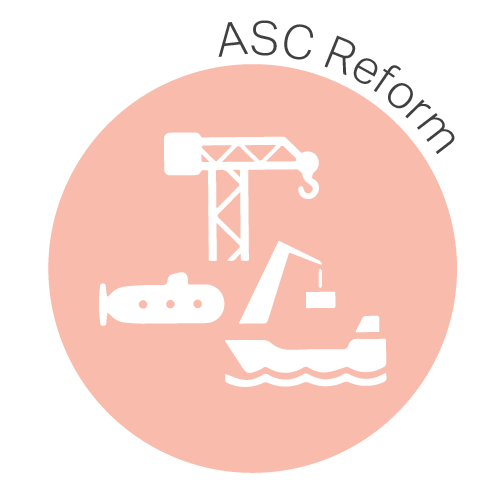
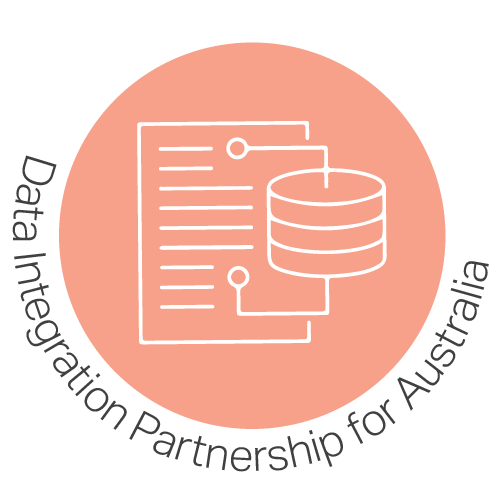
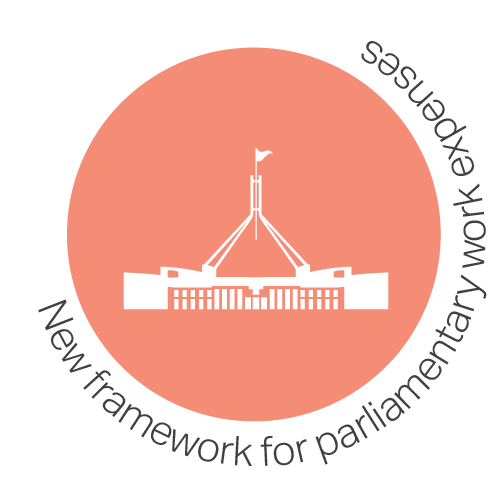
Snowy Hydro acquisition

On 29 June 2018, the Commonwealth finalised the acquisition of Snowy Hydro Limited (Snowy Hydro), taking full ownership and establishing the company as a Commonwealth company under the Public Governance, Performance and Accountability Act 2013. Snowy Hydro was prescribed as a government business enterprise from 1 July 2018. The Finance Minister and the Minister for the Environment and Energy are the joint shareholder ministers for the company.
Finance, working in partnership with key agencies including the Treasury, the Department of the Prime Minister and Cabinet and the Department of the Environment and Energy, played a critical role in securing the historic $6 billion acquisition deal with the New South Wales and Victorian governments. The New South Wales Government received $4 billion for its 58 per cent share in the company and the Victorian Government received $2 billion for its 29 per cent share. As a condition of the deal, the Commonwealth funds will flow to investment in productive infrastructure across both states.
Snowy Hydro will continue to operate as an independent commercial company under Commonwealth ownership. The acquisition helps to pave the way for the Snowy 2.0 project to proceed to a final investment decision by the Snowy Hydro board. The company owns and operates 5,500 megawatts of generation capacity, including the iconic Snowy Mountains Scheme. The Snowy 2.0 project is a proposed expansion of the Scheme and, if it proceeds, will provide additional generation capacity of 2,000 megawatts, enough to power the equivalent of 500,000 homes at peak demand.
New framework for parliamentary work expenses

On 1 January 2018, the Parliamentary Business Resources Act 2017 and subordinate regulations successfully established a new framework of work expenses that supports federal parliamentarians while they are conducting their parliamentary business.
This delivers on the Government’s priority for an independent framework to be created to set and monitor parliamentary entitlements so that the system is more transparent and accountable.
The new framework was a key recommendation of An Independent Parliamentary Entitlements System: Review and replaced the provisions of the Parliamentary Entitlements Act 1990 and subordinate regulations, the Remuneration and Allowances Act 1990 and the determinative powers of the Remuneration Tribunal under the Remuneration Tribunal Act 1973.
Finance developed the Parliamentary Business Resources framework in collaboration with the Australian Government Solicitor and the Remuneration Tribunal Secretariat, with drafting performed by the Office of Parliamentary Counsel. To smooth the transition to the new framework, consultation was undertaken throughout the project with stakeholders and administrators, including the Department of the Prime Minister and Cabinet, the Independent Parliamentary Expenses Authority, the Department of Jobs and Small Business, the Attorney-General’s Department, and the parliamentary departments.
The new framework has unlocked the potential for parliamentarians to undertake their parliamentary business more efficiently by replacing the myriad of rules and regulations with streamlined provisions that provide greater flexibility. This additional flexibility is balanced by an increase in accountability on parliamentarians to ensure public resources are being used appropriately and efficiently.
Coordinated property procurement

Following an announcement in the 2016–17 Budget, Finance has worked collaboratively across government to establish, implement and realise savings from whole-of-Australian-Government property services coordinated procurement arrangements.
The new arrangements capitalise on the Commonwealth’s position as a major purchaser of leases and facilities management services in the Australian property market. The program is delivered through two key activities:
- absorbing entities‘ lease requirements, where feasible, into existing vacant office accommodation (Operation Tetris)
- ensuring that leases and other property services are delivered through coordinated procurements that will maximise the Commonwealth‘s substantial purchasing power.
The new arrangements were announced by the Minister for Finance on 15 September 2017 and entities commenced transitioning to them from 1 January 2018.
By working across government, and within Finance, savings of $105.3 million over four years were realised in the 2018–19 Budget and entities were able to realise savings that they could direct to other priorities.
Western Sydney Airport

On 7 August 2017, WSA Co Limited was established as a government business enterprise to build Western Sydney Airport at Badgerys Creek in south-western Sydney.
A key role for Finance during 2017–18 was supporting the initial establishment of the company, working closely with the Department of Infrastructure, Regional Development and Cities and WSA Co on the company’s registration, governance, and compliance with reporting requirements.
This work included assisting in the development of WSA Co‘s constitution, commercial freedoms framework, and the shareholder ministers‘ statement of expectations, as well as supporting the company in its corporate planning and quarterly reporting processes. Finance actively participated in oversight committees for the Western Sydney Airport project, including a secretaries-level steering committee.
Finance’s ‘Build, Test, Refine’ approach
In line with our commitment to driving a culture of continuous improvement, we continued to develop our ‘build, test, refine’ approach during 2017–18. The following case study illustrates this approach.
Parliamentary Expenses Management System
Finance is committed to assisting federal parliamentarians to conduct their parliamentary business in the most efficient and effective manner possible.
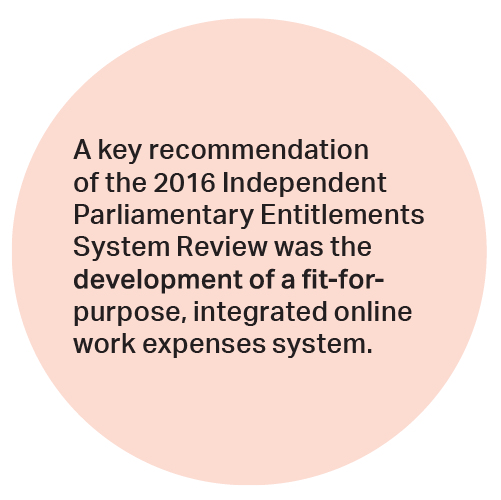
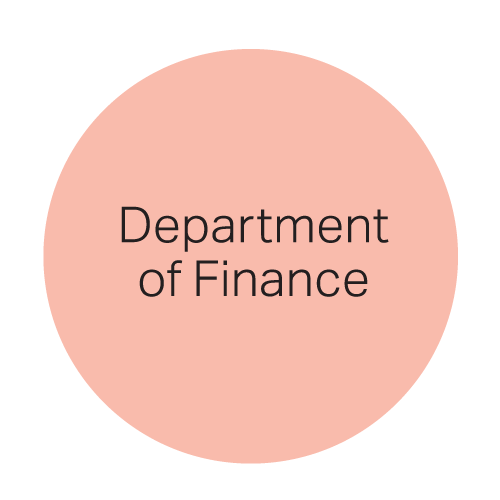
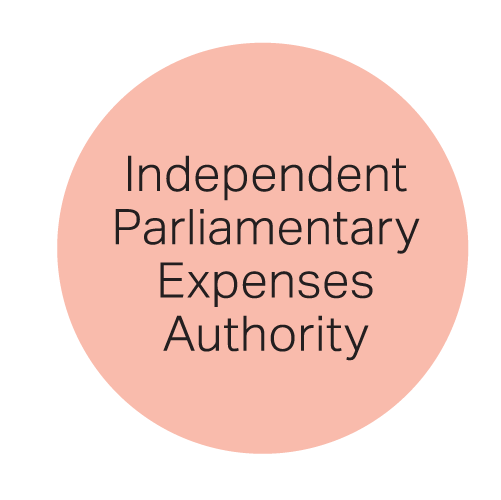



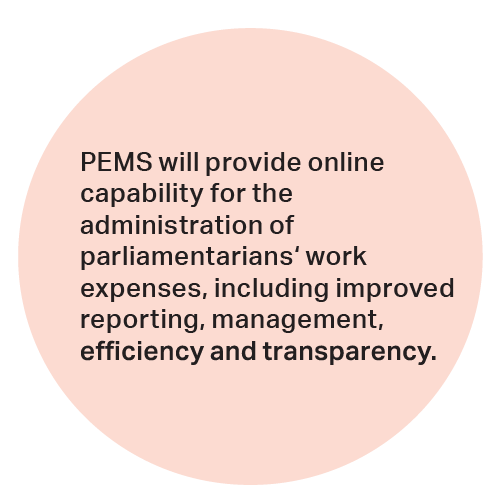


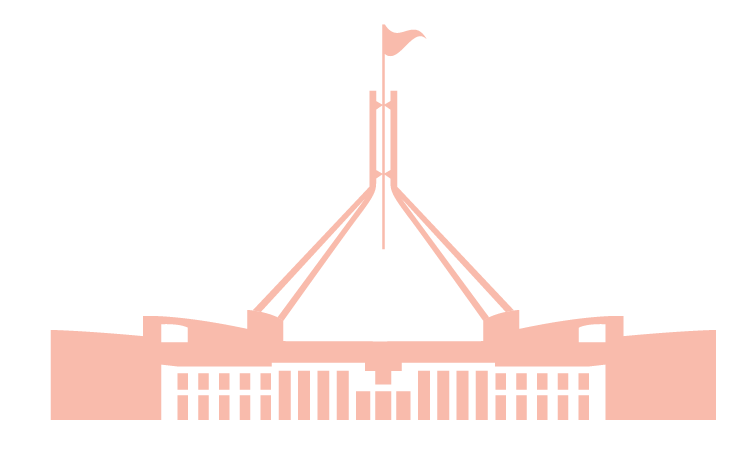


ASEAN–Australia Special Summit 2018
COMCAR, within the Department of Finance, provides secure and confidential car-with-driver services to the Governor‑General, Prime Minister, Senators and Members of Parliament, the federal judiciary, heads of Commonwealth agencies and international guests of government. COMCAR also provides ground transport services during major international events.
In March 2018, COMCAR successfully delivered services to visiting heads of state and heads of government attending the Association of Southeast Asian Nations (ASEAN)–Australia Special Summit 2018 held in Sydney from 15 to 19 March 2018. Australia is a dialogue partner with ASEAN and is the first non-ASEAN country to host an ASEAN special summit.
COMCAR mobilised 150 driving and event staff and 80 vehicles to provide ground transportation services during the summit, transporting the 11 ASEAN leaders, their spouses and other foreign dignitaries. Delegation sizes ranged from seven up to 250 delegates. COMCAR performed over 400 bookings during the summit period, providing in excess of 800 individual transport movements. As well as carrying the ASEAN leaders in sedans, COMCAR also facilitated the movement of over 1,000 delegates in coaches from their hotels to meeting and function venues, with the largest delegation having over 500 pieces of luggage. The dinner function on the Saturday evening of the summit also saw the largest motorcade in which COMCAR has participated, with a total of 54 COMCAR and police vehicles involved in transporting ASEAN leaders through Sydney.
COMCAR worked closely with all stakeholders, including the ASEAN Taskforce within the Department of the Prime Minister and Cabinet, the NSW Police Force and other security agencies, airport operations staff, as well as hotel and venue managers. The Summit‘s location in Sydney presented a number of challenging venue locations and traffic difficulties that needed to be considered, and COMCAR was actively involved in informing the traffic management strategy and route planning for the summit in order to meet the tight transport schedule.
The Department of the Prime Minister and Cabinet hailed the summit as a huge success and praised COMCAR for its professionalism and quality service during this high-profile government event.



COMCAR mobilised
150 driving and event staff
and 80 vehicles

COMCAR transported 11 ASEAN leaders,
their spouses and other foreign dignatries.

COMCAR performed over
400 bookings during the
summit period

COMCAR facilitated the
movement of over 1,000 delegates in
coaches from their hotels to meetings

Over 500 pieces of luggage
for the largest delegatio

54 COMCAR and police
vehicles involved in a
motorcade transporting
ASEAN leaders through Sydney
ASC Pty Ltd reform implementation
On 11 October 2016, the government announced that it would separate ASC Pty Ltd into three individual government-owned companies that would support key capabilities of the national naval shipbuiding enterprise of shipbuilding, submarine sustainment, and infrastructure.
Establishment of Australian Naval Infrastructure Pty Ltd

On 6 March 2017, the government established Australian Naval Infrastructure Pty Ltd (ANI), to facilitate the development and construction of new infrastructure at the Osborne shipbuilding facility as outlined in the Naval Shipbuilding Plan released on 16 May 2017. This completed the first phase of the ASC Pty Ltd separation process.
Development of the new shipbuilding infrastructure is scheduled to be complete in early 2020 to support the start of Future Frigate production. During the course of 2017–18, ANI delivered a number of key milestones, including:
- appointing Lendlease, on 12 October 2017, as the managing contractor for ANI for the expansion and refurbishment of the Osborne South shipyard
- finalising the purchase of the Common User Facility from the South Australian Government in November 2018, which has substantially increased the size of the ship and submarine building facilities at the Osborne South shipyard
- completing site preparation earthworks in early April 2018.
It is noted that on 31 July 2018, the government announced that ANI will oversee the delivery of a state-of-the-art construction yard where the fleet of 12 Future Submarines will be built.
ASC Shipbuilding separation and transfer to BAE Systems
Following the government's announcement of the outcome of the Future Frigates (SEA 5000) tender process on 29 June 2018, Finance began working with ASC Pty Ltd and the Department of Defence to implement the final phase of ASC separation.
ASC Shipbuilding, currently wholly owned by the Commonwealth, will become a subsidiary of BAE Systems during the build of the Hunter class Future Frigates. This ensures BAE Systems is fully responsible and accountable for the delivery of the frigates and ensures the work will be carried out by Australian workers and create Australian jobs.
The Commonwealth of Australia will retain a sovereign share in ASC Shipbuilding while BAE Systems manages the program. At the end of the program, the Commonwealth has the option to repurchase ASC Shipbuilding, thereby ensuring the retention in Australia of intellectual property, a highly skilled workforce and the associated equipment.
Modernising the Australian Public Service
During 2017–18, Finance continued to lead the implementation of a number of reforms to modernise the Australian Public Service (APS) and support it to be productive, innovative and sustainable. As part of its leadership role, Finance provided stewardship of the Public Service Modernisation Fund for the delivery of quality government services at a lower cost, using improved data systems and workflows. It is envisaged that this will provide a springboard for public sector innovation into the future.
Examples of the work during the year to advance public sector modernisation are provided below.
Data Integration Partnership for Australia
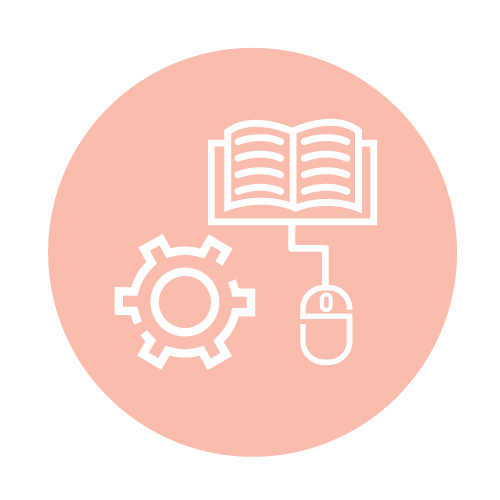
The Data Integration Partnership for Australia was formed in 2017–18 as a cross-agency investment in the Australian Government’s data integration and analytics capacity. Analytical hubs have been established under the partnership in several agencies to investigate cross-portfolio policy issues affecting health and welfare, education, the environment, the economy, business and industry, and government business.
Finance hosts one of these hubs—the Government Business Analytical Unit—which is increasing the use of data to inform public sector policy and government administration, staffed with ongoing data analysts recruited from across the APS.
Under our transformation agenda, we have committed to enhancing data and digital literacy of all staff. Drawing on the expertise of the Government Business Analytical Unit, we continue to explore opportunities to use data more effectively in the department to inform policy advice, support innovation and make better business decisions.
How Finance is utilising analytics and digitisation
Data analytics for social policy proposals

Finance has worked with the departments of Social Services, Health, and Education and Training to enhance our data analytics capability to enable distributional, social and financial impact analysis of potential new policy proposals. The capability is being used to inform costings, understand impacts and compare policy options for a range of proposals, including childcare reform, targeting of the social safety net and health expenditure.
A large proportion of new social policy expenditure, which comprises almost half of government expenditure, is now subject to more thorough data analysis and data visualisation techniques before being presented to decision-makers.
During the year, we embedded an innovative cloud-based data analytics platform into our work environment, including certification for ‘protected‘ work under the Australian Government Information Security Manual. The platform allows us to use leading data analytics and data visualisation tools in assessing policy options and undertaking sensitivity analysis.
This work supports greater strategic policy coordination and collaboration among agencies, breaking down information silos and improving decision-making, which is key to providing better services for Australians into the future.
Integrated online information on Australian Government bodies
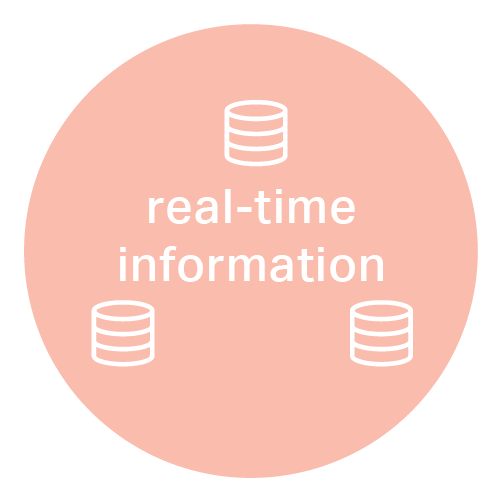
On 3 July 2017, the public-facing webpage Directory.gov.au was relaunched to incorporate content from three existing databases, the Australian Government Organisations Register, AusGovBoards and the Australian Government Directory. The new system integrates and consolidates these existing databases to realise efficiencies in sharing common data and removing manual practices.
The newly presented web content provides real-time information on the function, composition, origin and other governance details of approximately 1,250 Australian Government bodies.
Reporting on these bodies is now streamlined to provide a richer picture of government organisations, linked functions, boards and their members, as well as providing a geographical and gender balance snapshot across government.
Public sector transformation
During 2017–18, Finance continued to support the government to transform the public sector to become more adaptive and productive and better able to respond quickly and expertly to emerging priorities, while remaining trusted, capable and high performing.
The government continued to embed its Shared Services Program across all agencies during the year. Finance is at the heart of this initiative, providing cheaper, faster, more accurate and more beneficial shared corporate services.
The following discussion illustrates our work in public sector transformation and modernisation during the year.
Modernising services through the Service Delivery Office
The Shared Services Program is an example of new and innovative ways of working in the public sector. From mid-2019, some of Finance‘s own corporate services will be transitioned to the Service Delivery Office (SDO). These services will include accounts payable, accounts receivable, pay and conditions, payroll administration and payroll management. We will be joining other agencies which have already transitioned key corporate services to the SDO. The change will allow us to take advantage of modern and integrated technologies being built in the SDO. The digital capability in the SDO will provide options for us to work more effectively and design more efficient business processes in all areas of the department for the benefit of staff and stakeholders.
Finance offers these shared services to other government agencies through the SDO. This service hub enables agencies to downscale internally and outsource certain corporate activities to the SDO—specifically, but not exclusively, for accounts payable and payroll functions. Reductions in operating costs are returned to client departments.
Since taking responsibility for the SDO, we have systematically redesigned its operating model, reformed and enhanced its governance, and modernised and standardised many services. This has turned it into a more flexible and efficient service centre and has significantly improved the way we do business.
Among the key enhancements are:
- introducing a client-centred approach, which is resulting in earlier and more valuable engagement with clients and better outcomes such as more accurate financial reporting
- adopting better-practice management processes and new technology to automate and digitise services. This capability is now being offered to other government agencies through a ‘centre of excellence‘ approach, as part of the APS reform agenda. As an example, the SDO’s digital invoice management enables roughly 40 per cent of invoices to be processed without human intervention
- introducing app-based self-service solutions to corporate processes such as requesting leave and approving expenses, which are particularly beneficial as the government’s workforce becomes more flexible and mobile and needs these services to be easier and faster to access and use
- bringing new performance optimisation practices to the SDO workforce, leading to increased productivity and accountability. Staff now feel their work is more worthwhile, with a 250 per cent increase in employee engagement scores over a four-month period
- transitioning the SDO’s enterprise resource planning system to a private cloud-hosting service, offering a scalable solution that delivers more secure and readily available services
- making costs, service and key governance frameworks fully transparent, so overarching governance bodies responsible for service delivery can make better informed decisions.
Overall, these improvements have significantly increased the productivity or ‘clearance rates’ of services such as generating payslips, processing invoices and financial documents, and managing credit cards. The improvements have also increased accuracy, meaning less re-work.
Combined, these enhancements are delivering tangible benefits across numerous departments and are directly aligned with our purpose of helping government to manage public resources more effectively and cost-efficiently.

